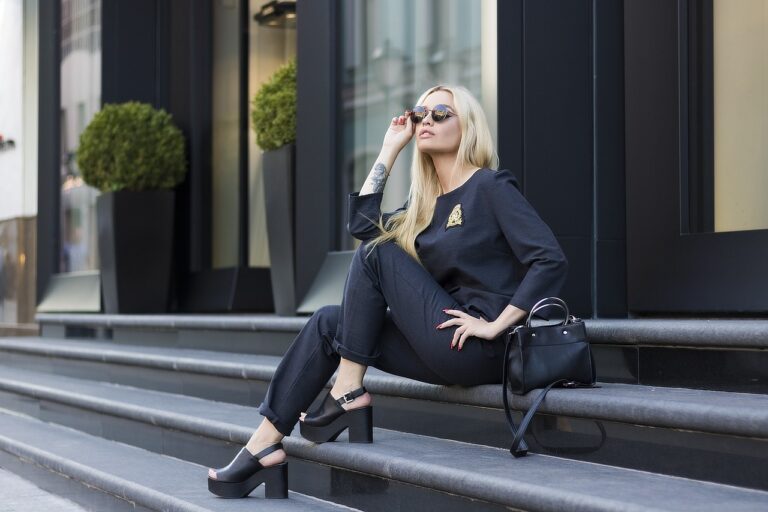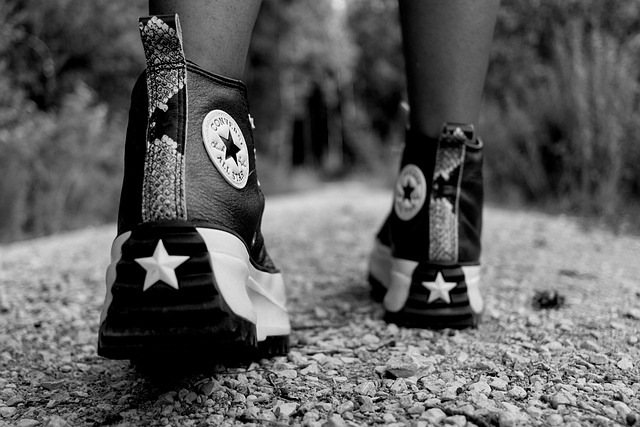Augmented Reality in Fashion Retail: Enhancing Customer Experiences
Technology has undeniably transformed the landscape of fashion retail in recent years. From the advent of online shopping to the rise of data analytics, retailers have had to adapt to meet the changing demands of consumers. The incorporation of technology has not only streamlined processes but has also enhanced the overall shopping experience for customers.
One of the most significant changes brought about by technology in fashion retail is the shift towards personalization. Thanks to advancements in AI and machine learning, retailers now have the ability to tailor recommendations and promotions to each individual customer. This level of customization not only fosters customer loyalty but also helps drive sales and increase overall satisfaction.
The Role of Augmented Reality in the Fashion Industry
Augmented reality (AR) has revolutionized the fashion industry by providing a unique and immersive shopping experience for consumers. Through AR technology, shoppers can virtually try on clothes, accessories, and even makeup items without needing to step foot in a physical store. This not only enhances the convenience of shopping but also allows customers to make more informed purchase decisions.
Furthermore, AR enables fashion retailers to personalize the shopping experience for each customer. By leveraging data about the customer’s preferences, style, and sizing, AR tools can suggest relevant products and styling options, creating a more tailored and engaging shopping journey. This level of personalization helps to increase customer satisfaction and loyalty, ultimately driving sales and fostering long-term relationships with consumers.
Exploring the Benefits of Augmented Reality in Retail
Augmented reality has rapidly become a valuable tool in the retail sector, transforming the way customers interact with products and brands. By integrating AR technology into their platforms, retailers can offer immersive shopping experiences that bridge the gap between the physical and digital worlds. This enhances customer engagement by allowing them to visualize products in real-time and in their desired environments, leading to informed purchasing decisions.
Moreover, augmented reality in retail facilitates a more personalized shopping journey for consumers. Through AR applications, shoppers can virtually try on clothing, accessories, or even makeup, providing them with a tailored experience that caters to their preferences and style. This level of customization not only elevates the overall shopping experience but also increases customer satisfaction and loyalty towards the brand.
Augmented reality enhances customer engagement by allowing visualization of products in real-time
AR technology bridges the gap between physical and digital worlds, transforming shopping experiences
Personalized shopping journeys are facilitated through AR applications
Virtual try-on features for clothing, accessories, and makeup cater to consumer preferences and style
Customization elevates the overall shopping experience and increases customer satisfaction
How has technology evolved in the fashion retail industry?
Technology has evolved in the fashion retail industry through the use of tools like augmented reality to enhance the shopping experience for customers.
What role does augmented reality play in the fashion industry?
Augmented reality allows customers to virtually try on clothing and accessories, visualize products in their own space, and interact with brands in new and innovative ways.
What are some benefits of using augmented reality in retail?
Some benefits of using augmented reality in retail include increased customer engagement, improved product visualization, reduced returns, and enhanced brand loyalty.







